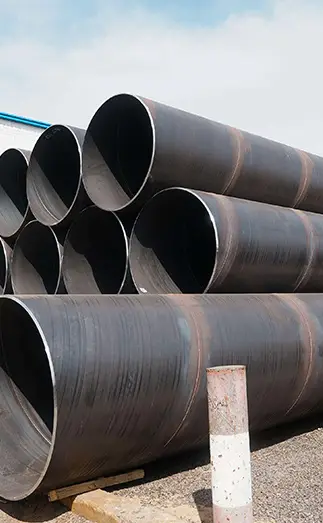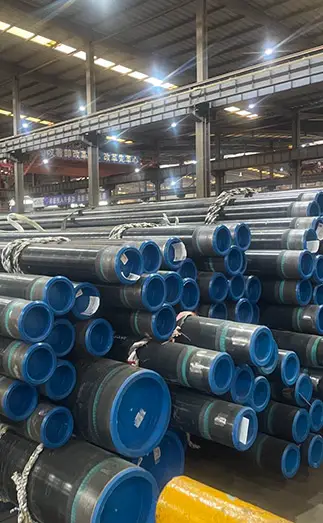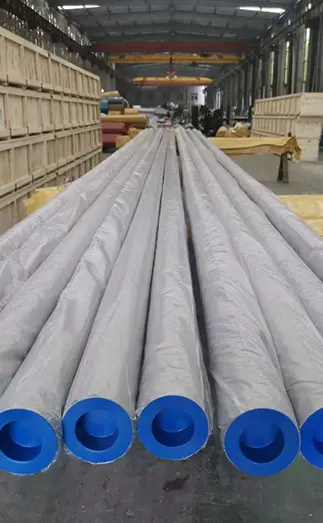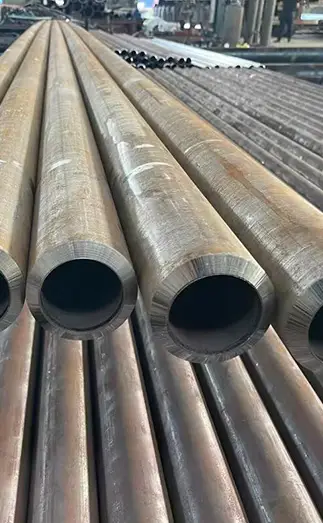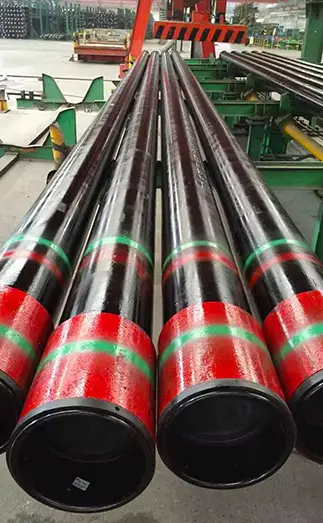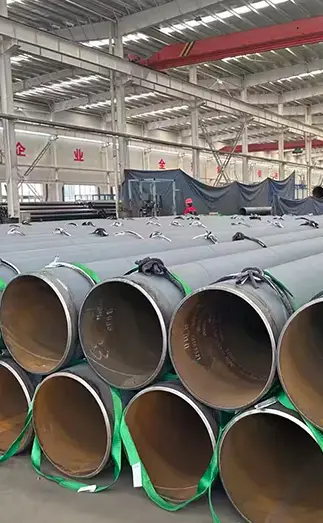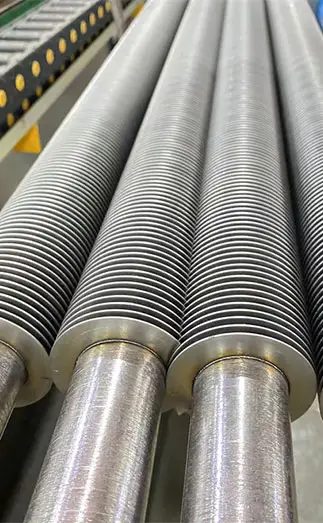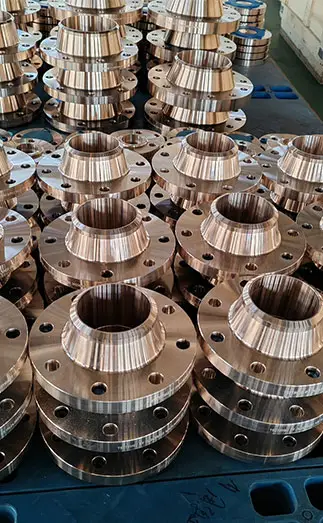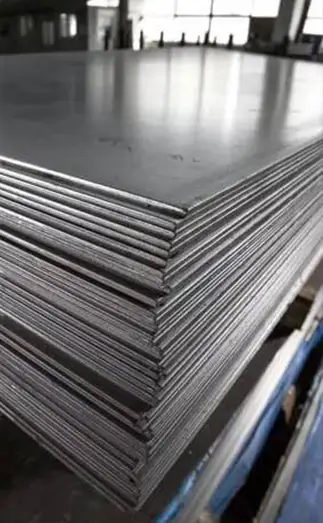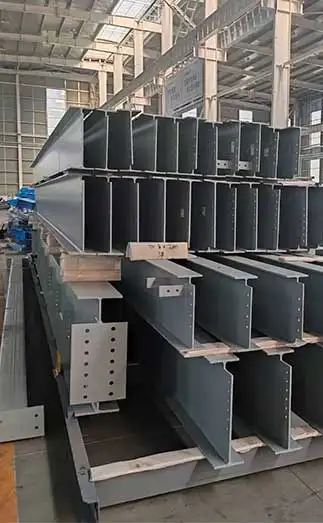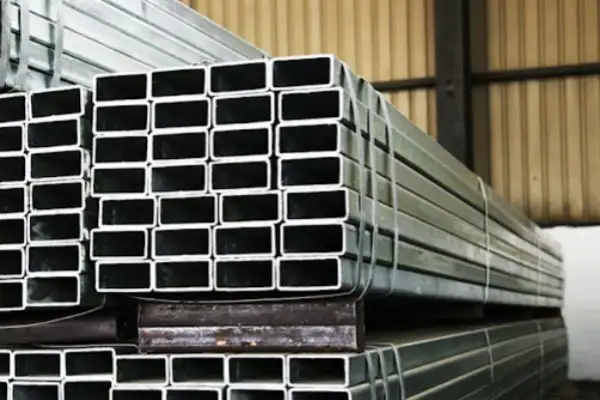Seamless (SMLS) steel pipes are widely used in various industries due to their high strength, durability, and ability to withstand pressure and temperature changes. To ensure proper application and safety, it is essential to accurately identify both the material type and specifications of these pipes. The following guide outlines common and reliable methods used for identification.
Super Steel Manufacturing Co.,Ltd is professional seamless steel pipe manufacturer, for more details, please contact:sales@super-steels.com
Identifying the Material and Specifications of Seamless (SMLS) Steel Pipes
Identifying the Material of Seamless Steel Pipes
Seamless steel pipes are manufactured from various materials, with the most common being carbon structural steel, alloy structural steel, and stainless steel. The following methods are typically used to identify the specific material:
1. Stamps and Markings
Reputable manufacturers imprint or spray clear identification marks on the pipe surface, indicating the grade (material type), dimensions, batch number, and other relevant information. This is the most straightforward and reliable identification method. For example, GB/T 8162-2018 outlines the standard marking practices in China.
However, it’s important to remain cautious, as fraudulent markings can be forged. Therefore, markings should be verified in conjunction with other identification methods.
2. Chemical Composition Analysis
By analyzing the chemical makeup—such as the content of carbon (C), silicon (Si), manganese (Mn), phosphorus (P), sulfur (S), chromium (Cr), and nickel (Ni)—the steel grade can be accurately identified.
This method requires specialized equipment and technical expertise and is generally performed by certified laboratories or testing agencies.
3. Mechanical Properties Testing
Tensile, impact, and hardness tests help determine the yield strength, tensile strength, elongation, toughness, and hardness of the pipe. These mechanical properties allow for a preliminary assessment of the steel’s material category.
As with chemical analysis, this method also necessitates professional equipment and trained personnel.
4. Metallographic Examination
By observing the steel’s microstructure—such as grain size and phase morphology—under a metallographic microscope, the material type can be inferred. Each type of steel exhibits unique metallographic characteristics.
This technique is usually employed in specialized laboratories.
5. Visual Inspection and Expert Judgment
Experienced professionals can often make preliminary assessments based on the pipe’s appearance, including color and surface sheen. For example, stainless steel typically has a silvery-white finish.
Tapping the pipe may also help; a clear, ringing tone often indicates high-carbon steel.
However, visual and auditory methods should only be used as supportive tools and not as definitive identification techniques.
Identifying the Specifications of Seamless Steel Pipes
Seamless steel pipe specifications are usually expressed in terms of outer diameter (D), wall thickness (S), and length (L). The main identification methods include:
1. Physical Measurement
Use tools like vernier calipers or micrometers to measure the outer diameter and wall thickness.
Use a tape measure or steel ruler to determine the pipe’s length.
2. Standard Verification
Refer to relevant standards based on the pipe’s material and application, such as:
GB/T 8162-2018 (for structural use)
GB/T 8163-2018 (for fluid transportation)
These standards specify the allowable size ranges and tolerances for different pipe types, which helps verify if the pipe meets required specifications.
3. Markings
Some manufacturers include dimensional details directly on the pipe, such as “Φ108×4”, indicating an outer diameter of 108 mm and a wall thickness of 4 mm.
Comprehensive Approach
In practice, a combination of methods is typically used to accurately identify the material and dimensions of seamless steel pipes. For example:
Start with visual inspection and check for markings.
Confirm dimensions through measurement.
If the material is uncertain, conduct professional testing such as chemical or mechanical analysis.
Summary
Accurate identification of seamless steel pipes requires a multifaceted approach—combining visual inspection, measurement, standard verification, chemical analysis, and mechanical testing.
Selecting the correct material and specification based on the intended application is essential to ensure project quality, reliability, and safety.



 English
English Español
Español Français
Français بالعربية
بالعربية